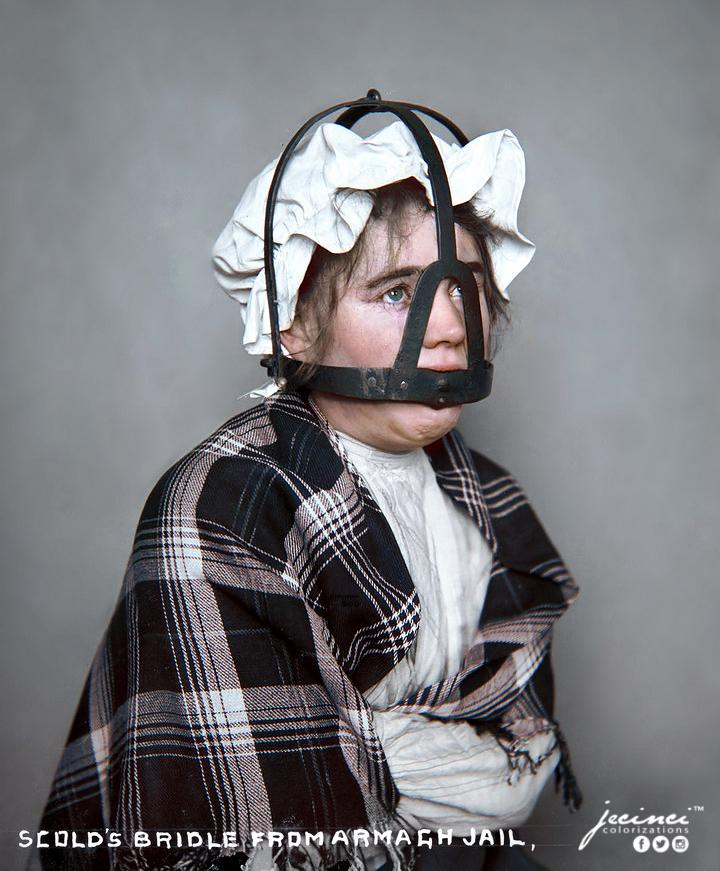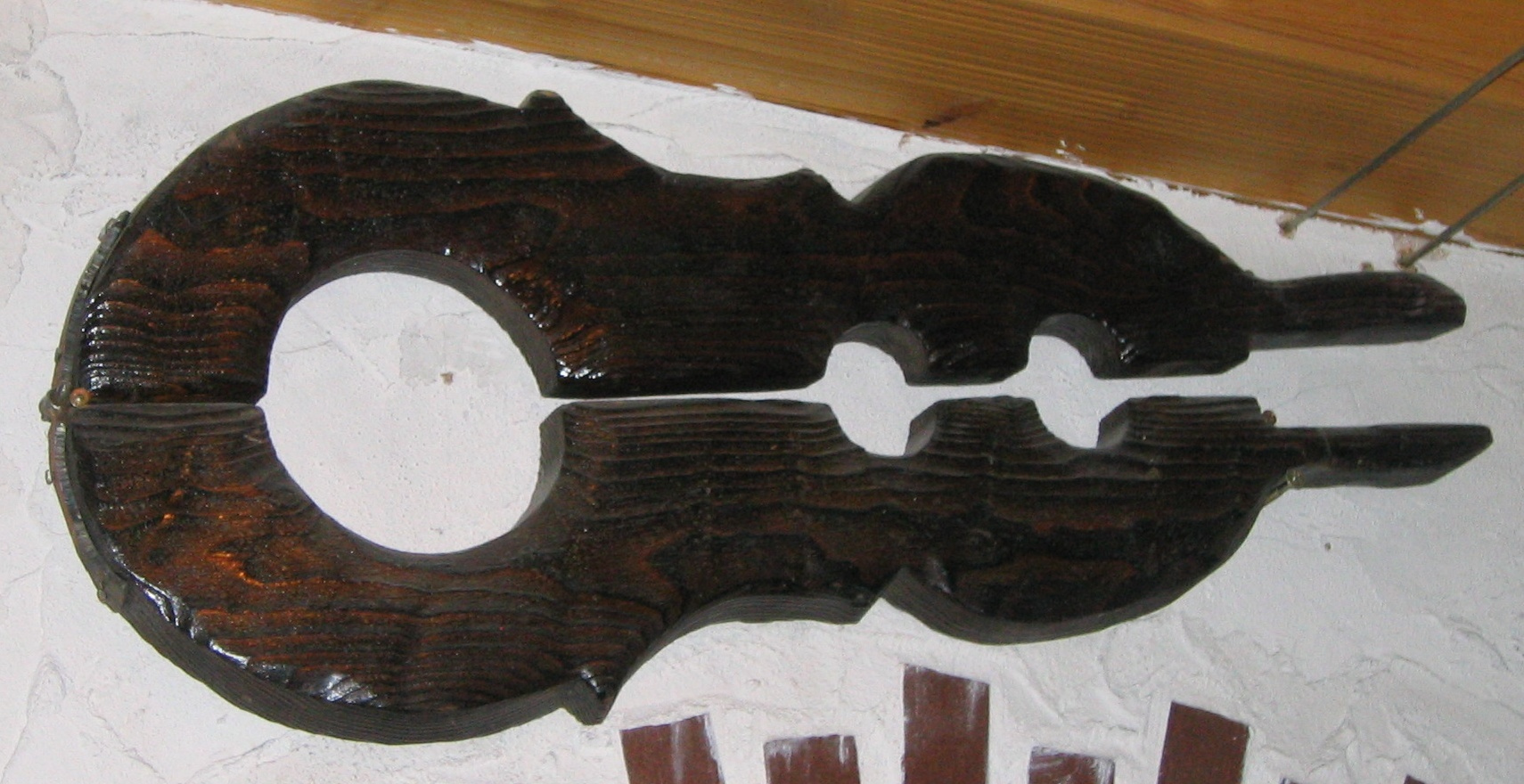
1. The Scold’s Bridle: Silencing the Outspoken Woman

During the 16th and 17th centuries, women in england and scotland who were deemed excessively vocal or opinionated were frequently disciplined with a tool called the Scold's Bridle. The purpose of this metal mask, sometimes known as a "brank," was to mute women by forcing a sharp gag into their mouths and locking their heads in place. Whenever the woman attempted to talk, the spikes in the gag would puncture her tongue. The ladies were frequently paraded through the streets wearing the bridle, which was not only uncomfortable but also dehumanizing. It was obvious that the goal of this penalty was to uphold the social mores that said women should be seen but not heard.
2. The Shrew’s Fiddle: A Tool for Controlling ‘Unruly’ Women

The Shrew's Fiddle, like the Scold's Bridle, was a tool employed to punish women deemed too independent or disobedient. This contraption rendered a lady immobile and subjected her to derision from the public by locking her wrists and head in a single wooden framework. The term "shrew" was frequently employed to characterize a woman who failed to adhere to the anticipated subservient position. In some regions of europe, especially in germany and Austria, the Shrew's Fiddle was a frequent punishment used to coerce female subservience.
3. Witch Hunts and Burnings: The Ultimate Gendered Persecution

The witch hunts that took place from the fifteenth to the eighteenth centuries are among the most notorious episodes in the history of women's punishment. women who were suspected of being witches were frequently brutally tortured in order to get confessions before being put to death—most typically by being burned at the stake. A symptom of pervasive sexism, the witch hunts targeted women as witches who violated social standards or were perceived as weak, such as widows or herbalists. Tens of thousands of people died throughout europe and the American colonies as a result of the fear and hate of women who were seen to have authority outside of the male-dominated framework.
4. The Cucking and Ducking Stools: From Humiliation to Death
A wooden chair known as the "cucking stool" was used to publicly humiliate women who were allegedly guilty of crimes including adultery, prostitution, or scolding. The people would make fun of and mistreat the woman as she was paraded around the streets strapped to the stool. An even worse variation was the "ducking stool," in which the lady was continuously submerged in a river or pond while the chair was fastened to a lengthy lever. The ducking stool posed a special risk since it repeatedly submerged users, who may drown.




 click and follow Indiaherald WhatsApp channel
click and follow Indiaherald WhatsApp channel